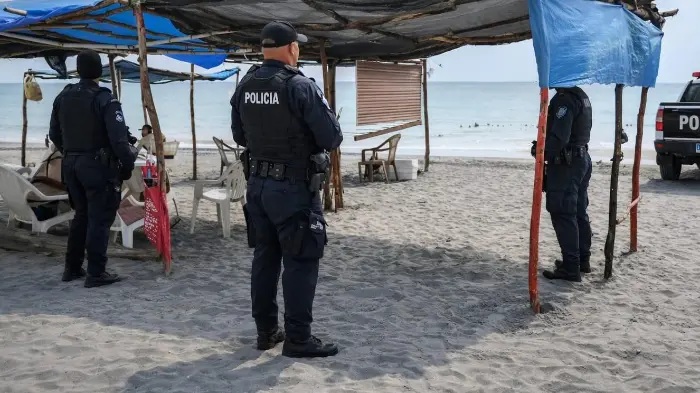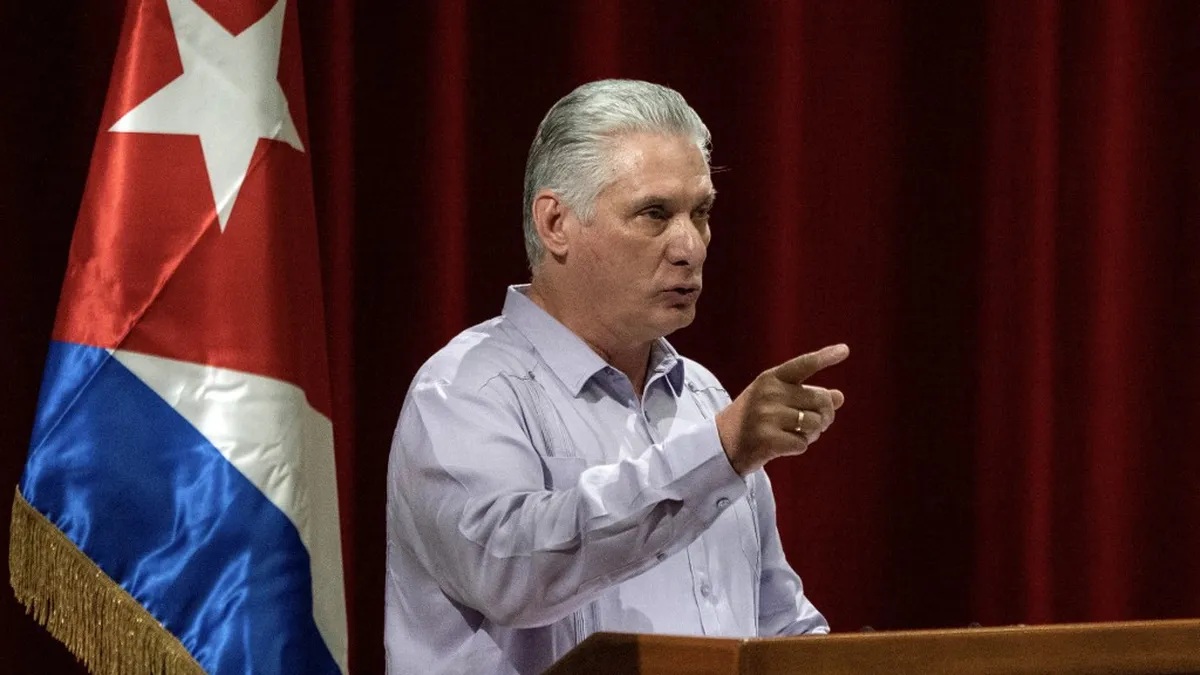Central America most vulnerable to climate change

CENTRAL AMERICA is one of the most vulnerable areas exposed to the consequences of climate change in the world says a 2012 report by the Economic Commission for Latin America (ECLAC), in its report on the Economics of Climate Change in Central America 2012,
Manfred Kopper,Director of Environment of the Business Development Association writes: Have you heard or read about climate risks to which we are going to face?
Have you noticed that the number of natural disasters has increased in number and intensity? Have you ever wondered: How vulnerable to climate change is your company, organization, investment, community or the school that your children attend? If you have not and you live in Central America, you should be concerned
Former U.S. Vice President Al Gore in his documentary “An Inconvenient Truth” mentioned the possibility of flooding in New York due to climate change and many people from civil society and the public and private sector and called him a crazy alarmist. However, in 2012, Hurricane Sandy flooded much of Manhattan. Media like CNN and New York Times estimated direct losses of $ 50 billion related to this natural disaster.
Our cultures, organizations, investment communities, value chain and stakeholders are in areas prone to floods, droughts, landslides, tsunamis, cyclones, among others but we don’t recognize we in Central America are vulnerable and much less in what proportion.
Like other environmental issues, adaptation to climate change is seen as esoteric and impossible to be incorporated into the business strategy. To do this, three years ago, the German Technical Cooperation (GIZ), the INCAE Business School and the Business Development Association, have sought to design a practical, friendly and simple tool to analyze how vulnerable your organization is to climate change and how to develop a work plan to reduce and prevent risks. According to the companies participating in the pilot, “the tool strengthened its business strategy ensuring operation at different scenarios and help you visualize risks had not determined”.
It is essential that we stop seeing the issue of adaptation to climate change as something distant and move on to turn it into an opportunity to strengthen and ensure the sustainability of our business strategies. I hope our entrepreneurs, leaders and decision makers face long-term environmental challenges and do not make the words of American financial guru Alan Greenspan in his book “The Age of Turbulence” ring true: “I fear that a more likely response to global warming is to quibble over everything until the dangers to national economies become more overt: until, for example, countries are forced to build dikes around vulnerable towns to contain rising sea levels and flooding. It is much more likely to be cured and not prevented, unless there is sufficient political and popular support. It has the advantage of charging the costs to the same population as the benefits achieved. But if global warming brings not only floods (eg adverse weather), that solution would fall short. “
Call for action
This is our reality, our present. But our future is not yet written and can change.
The strengthening of commitment and the mobilization of different actors in the public, private and civil society sectors, to meet their responsibilities together to lengthen the life of our planet is required.





